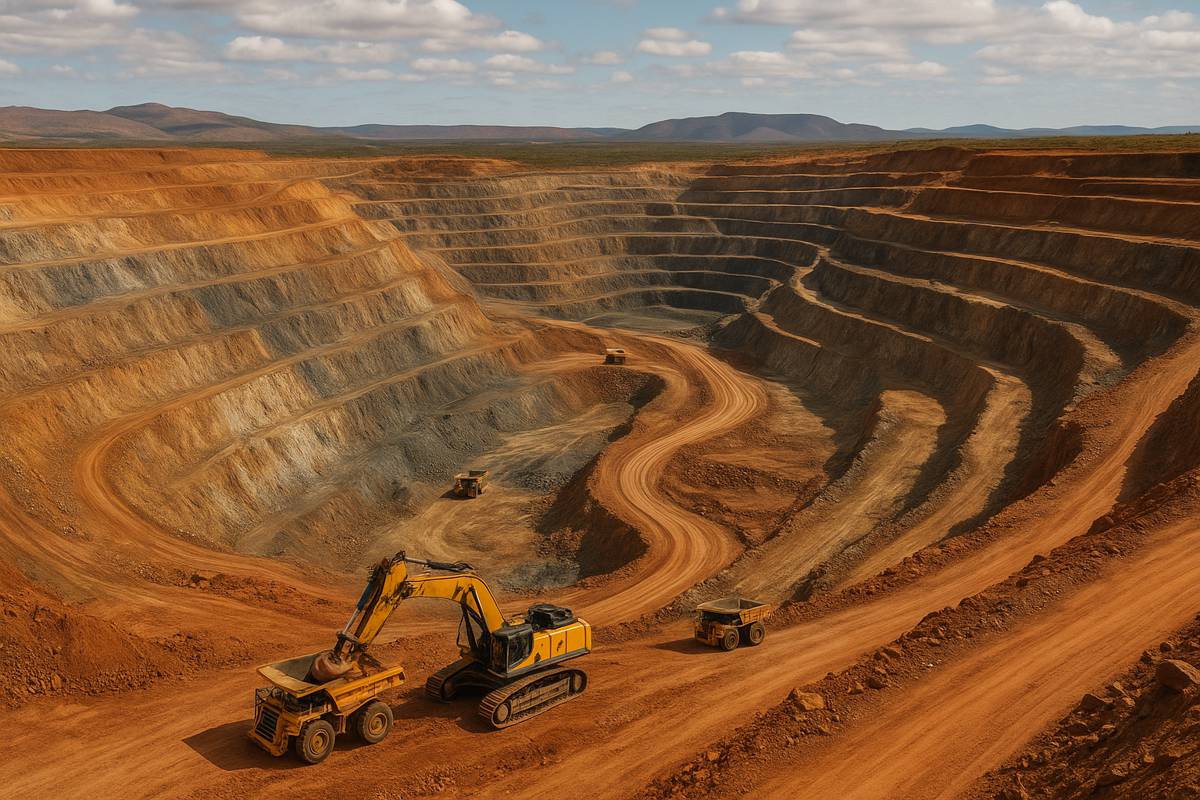Australia’s 2019 Infrastructure Priority List identifies record A$58bn project pipeline
Infrastructure Australia has released the 2019 Infrastructure Priority List, presenting 121 nationally significant infrastructure proposals and a $58 billion project pipeline designed to guide investment towards projects that will deliver the best outcomes for Australia’s growing communities.
“The 2019 Infrastructure Priority List is the largest, most comprehensive and most diverse list of investments identified by Infrastructure Australia to meet the challenges of the future. With a record 121 nationally significant proposals and a $58 billion project pipeline, the Priority List will guide the next 15 years of Australian infrastructure investment,” said Infrastructure Australia Chair, Julieanne Alroe.
“The 2019 Priority List provides a credible pipeline of nationally significant proposals for governments at all levels to choose from. As an evidence-based list of opportunities to improve both our living standards and productivity, the Priority List reflects the diversity of Australia’s future infrastructure needs across transport, energy, water, communications, housing and education.”
Developed using data from the Australian Infrastructure Audit and submissions from state and territory governments, industry and the community, including more than 100 submissions in the last year, the 2019 Priority List provides all levels of government with a list of infrastructure investment opportunities for the near, medium and longer term.
Twenty-five new infrastructure proposals had been included in this year’s publication, with the 2019 Priority List identifying a total of 8 High Priority Projects, 10 Priority Projects, 29 High Priority Initiatives and 74 Priority Initiatives.
“Many of the projects and potential infrastructure solutions identified in the 2019 Priority List respond to the challenges of population growth in our largest cities, and address the need for frequent and accessible public transport to reduce congestion and maintain Australia’s world-renowned liveability,” said Ms Alroe.
“Congestion in our cities and faster-growing regional centres not only has significant consequences for the Australian economy, but has direct impacts on communities, reducing people’s access to education, health services, employment and other opportunities.
“A number of inclusions on this year’s Priority List focus on getting the most out of existing infrastructure through the use of smart technology, such as Intelligent Transport Systems. This includes projects such as the Monash Freeway Upgrade Stage 2 and North East Link in Victoria, the Regency Road to Pym Street section of Adelaide’s North–South Corridor, and a proposal to improve the performance and efficiency of motorways in the Sydney CBD,” Ms Alroe said.
“The 2019 Priority List identifies regional road safety improvements as a national priority. Between 2008 and 2016, more than half of Australia’s road fatalities occurred in our regions – meaning that, relative to population size, the fatality rate was more than four times greater than for major cities.
“Infrastructure deficiencies certainly have a role to play in causing accidents, and the expected increase in heavy freight vehicles on our roads could lead to further fatalities. Given the scale of the problem, governments should prioritise investment in high-risk sections of regional roads across Australia.
“An important challenge faced across the country, and requiring coordinated action by all levels of government, is the provision of quality housing for Australians living in remote areas.
Overcrowding and poor-quality housing in remote communities impacts on health and safety, education and employment outcomes, and has been identified by Infrastructure Australia as an investment priority that should be progressed by governments in the near term.
Many of this year’s new additions to the Priority List reflect the need for forward-thinking, ambitious solutions to support Australia’s future prosperity – such as the delivery of a national electric vehicle fast-charging network, which has been identified as a High Priority Initiative.
“Technological change is driving significant shifts in infrastructure demand. The advent of electric vehicles, along with automation, growth in the ‘sharing economy’ and technological connectivity, could bring the largest transformation the transport sector has seen since the shift from steam to diesel locomotives.
“The increase in electric vehicle uptake will forge links between the energy and transport network that did not previously exist, placing additional demands on the grid and pressure on consumer costs. The 2019 Priority List highlights the need for investment in the connectivity and reliability of our National Electricity Market in the medium to long term, and optimisation in the near term.
With New South Wales and federal elections on the horizon, Infrastructure Australia once again is urging decision-makers to consult the Infrastructure Priority List before committing funding to a pre-defined project.
“With the release of the 2019 Priority List, and our Infrastructure Decision-making Principles last year, Infrastructure Australia is urging decision-makers to commit to solving any emerging or growing problem by embarking on a feasibility study to identify potential options, rather than a pre-defined project that may not be the most effective solution.
“Communities rightly expect decisions on public infrastructure projects to be robust, transparent and accountable, and that projects are only committed to once planning and assessment has been done. Infrastructure Australia’s work in developing and maintaining the Priority List supports this.
“We are extremely proud of the work we have done over the past four years to establish a consistent, transparent process for how projects are independently assessed and Australia’s key infrastructure priorities are determined.
“Decision-makers at all levels will best serve all Australians by continuing to consult the Priority List as a source of informed analysis on the projects that represent the best use of our infrastructure funding,” Ms Alroe said.
2019 Infrastructure Priority List: New infrastructure initiatives
| National | National Electricity Market (Future connectivity and reliability) | High Priority |
|---|---|---|
| National electric vehicle fast-charging network | High Priority | |
| Regional road network safety improvements | High Priority | |
| Remote housing overcrowding | High Priority | |
| National Electricity Market (Near-term optimisation) | Priority | |
| New South Wales | Regional NSW road network safety improvements | High Priority |
| A3 and A6 corridor capacity | Priority | |
| Picton Road safety and capacity | Priority | |
| Prospect Highway capacity | Priority | |
| Shoalhaven River crossing capacity | Priority | |
| Sydney CBD motorways optimisation | Priority | |
| Sydney cruise terminal capacity | Priority | |
| Victoria | Cranbourne Line capacity | Priority |
| Hurstbridge Line capacity | Priority | |
| Queensland | M1 Pacific Motorway capacity (Eight Mile Plains to Tugun) | High Priority |
| Broadbeach–Burleigh Heads public transport connectivity | Priority | |
| Centenary Motorway capacity | Priority | |
| Warrego Highway east corridor improvements | Priority | |
| Western Australia | Canning Bridge crossing capacity and interchange | Priority |
| Land transport access between Karratha and Tom Price | Priority | |
| Swan River crossing capacity | Priority | |
| Tonkin Highway corridor capacity | Priority | |
| Transport connectivity between Morley and Ellenbrook | Priority | |
| South Australia | Spencer Gulf crossing capacity | Priority |
| Tasmania | Tasmanian irrigation schemes (Tranche 3) | Priority |




















